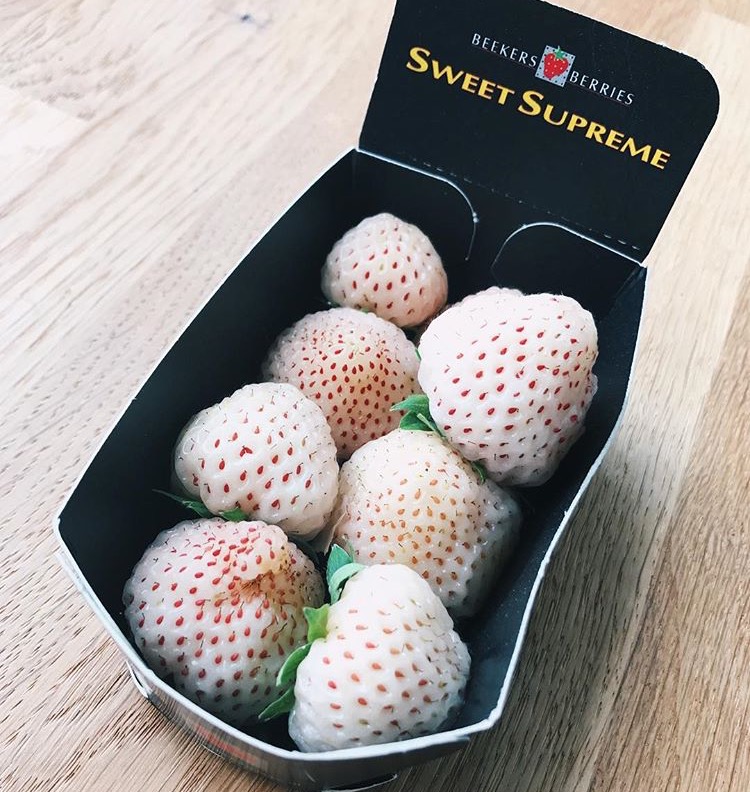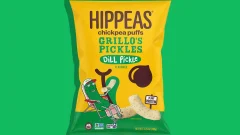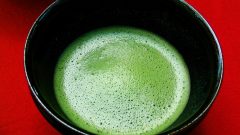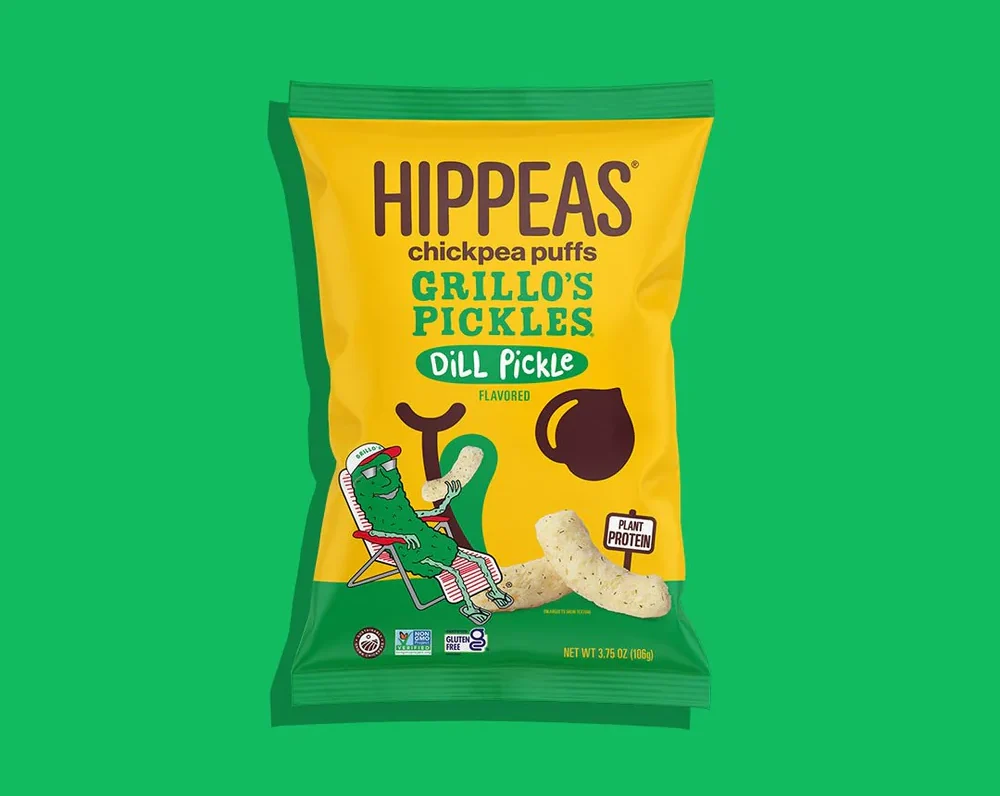10 Foods That Look Like One Thing, But Taste Like Another

They say, “don’t judge a book by it’s cover,” but it turns out we also can’t judge a fruit by its peel or a veggie by its skin. In our unpredictable, often chaotic world, our food has become equally as erratic and mercurial.
For better or for worse, what you see is not always what you get. A grape can now be evocative of your favorite carnival treat and even seemingly standard produce can taste like your go-to breakfast staple.
And while this volatility may sound frightening, these surprising flavors shouldn’t spur concern. Only when cake starts tasting like kale, and bacon like quinoa should we really start to worry.
Cotton Candy Grapes
Grape news! Though grapes are one of the more benign fruits, able to satiate even the pickiest of eaters, you can now find ones that taste like your favorite festival fair. “Cotton Candy Grapes” are now a thing thanks to horticulturalist, David Cain. Without genetic engineering or artificial flavors, Cain created this new strain of grape simply by classic plant breeding. His aim was originally to restore the “natural flavors” of grapes that often get removed in the shipping and storage process. The result? A fruit that your mom would approve of while delighting the sugar crazy child inside of you.
Blue Java Bananas
William Shakespeare once wrote, “some are born great, some achieve greatness, and some have greatness thrust upon them.” Scholars may disagree, but when it comes to the opening of this avowal it seems pretty obvious to me he was referring to the Blue Java Banana. Produced organically from nature, without any interference whatsoever, blue java bananas somehow taste like ice cream. Aptly known as the “ice cream banana” these fruits possess a natural vanilla flavor and a creamy, fluffy texture. Now I’m not saying they rival the delicious artificiality of real ice cream, but as far as bananas go, they’re pretty darn good.
Pineberries
Now these are berry special. While pineberries may simply appear to be typical red strawberries who look like they’ve just seen a ghost, they’re actually a crossbreed that boast a tart flavor reminiscent of pineapples. These frosty fruits, like a celebrity marriage or biweekly paycheck, aren’t available for long. Pineberries have a very short season compared to their crimson counterparts, so if you enjoy their citrus flavor, you should probably buy these baffling berries in bulk. Say that five times fast.
Ackee fruit
Jamaican me crazy, ackee fruit. A breakfast staple of the Caribbean country, ackee looks like a bug eyed video game character, but tastes like scrambled eggs. When cooked, the tropical fruit has a creamy, delicate texture that not only tastes like your go-to breakfast but looks like it, too. Ackee served with saltfish is actually Jamaica’s national dish and is basically the Caribbean version of lox and eggs.
Miracle Berries
Have you tried “flavor tripping?” All the cool kids are doin’ it. Though this practice may sound like the latest teen faux drug craze like beezin’ or dusting, it’s actually driven by eating a harmless berry. “Miracle berries” of the Synsepalum dulcificum plant, mostly found in West Africa, contain a protein that temporarily numbs the taste buds. When eaten (or taken in pill form), foods that are tart or savory are instead experienced as strangely sweet. Some foods that have produced some of the most extreme reactions to these miracle berries include lemons, beer, and even chilli peppers.
Fennel
More polarizing than the ending of How I Met Your Mother, black licorice has been tearing loved ones apart practically since its inception. If you find that the “candy” is a point of contention in your household, try eating fennel instead! Reminiscent of celery, fennel is a root vegetable that tastes like black licorice. Bitter, sweet, and salty all at the same time, fennel may just be the new black (licorice).
Jackfruit
From puppies to sunshine to Forest Gump, only a few things in this world are universally adored, but none so much as BBQ. Even vegetarians salivate at the sight of pulled pork, and thanks to the jackfruit, these omnivorous creatures can now enjoy the barbecue favorite without sacrificing their ~green~ lifestyle. Native to South and Southeast Asia, the jackfruit is the largest tree-born fruit in the world and, when cooked, looks and tastes like pulled pork. The fruit can weigh between 10 and 100 pounds, so be sure to pace yourself and have extra BBQ sauce handy.
Black Sapote
There’s no other way to put it except that black sapote is proof of a higher power. A green fruit that looks mediocre at best, yet when sliced open reveals a deep brown color that has the consistency and taste of chocolate pudding. Maybe that’s why this species of persimmon is also known as the chocolate pudding fruit. Though it’s possible (and delicious) to scoop the tropical Central American and Caribbean fruit from its skin and eat it right then and there, there are countless innovative recipes that use black sapote as a chocolate alternative. Read: chocolate cakes and meringue pies. You. Are. Welcome.
Durian
It’s widely known that it’s not easy being green, but it’s made that much harder when you’re both green and reek of old gym socks. Most prominent in Southeast Asia, Durian is a spiky, peculiar looking fruit that smells like rotten onions but tastes like ice cream. Despite its pungent odor, the citizens of Southeast Asia have deemed Durian “king of fruits” due to its sweet, almond-like flavor. Apparently Durian’s stank is worth the taste, but I’d still recommend plugging your nose to fully enjoy it.
Electric Daisies
~Officially~ know as Acmella Oleracea, electric daisies are a strange flower that when eaten, leave your mouth slightly tingly and anaesthetised for up to 15 minutes. Oh, and it also smells like a chocolatey mint. When consumed raw, electric daisies initially taste more or less how you think they would (grassy and earthy) but can be included in a number of clever recipes. Electric daisies takin’ ‘flower power’ to the next level.






















